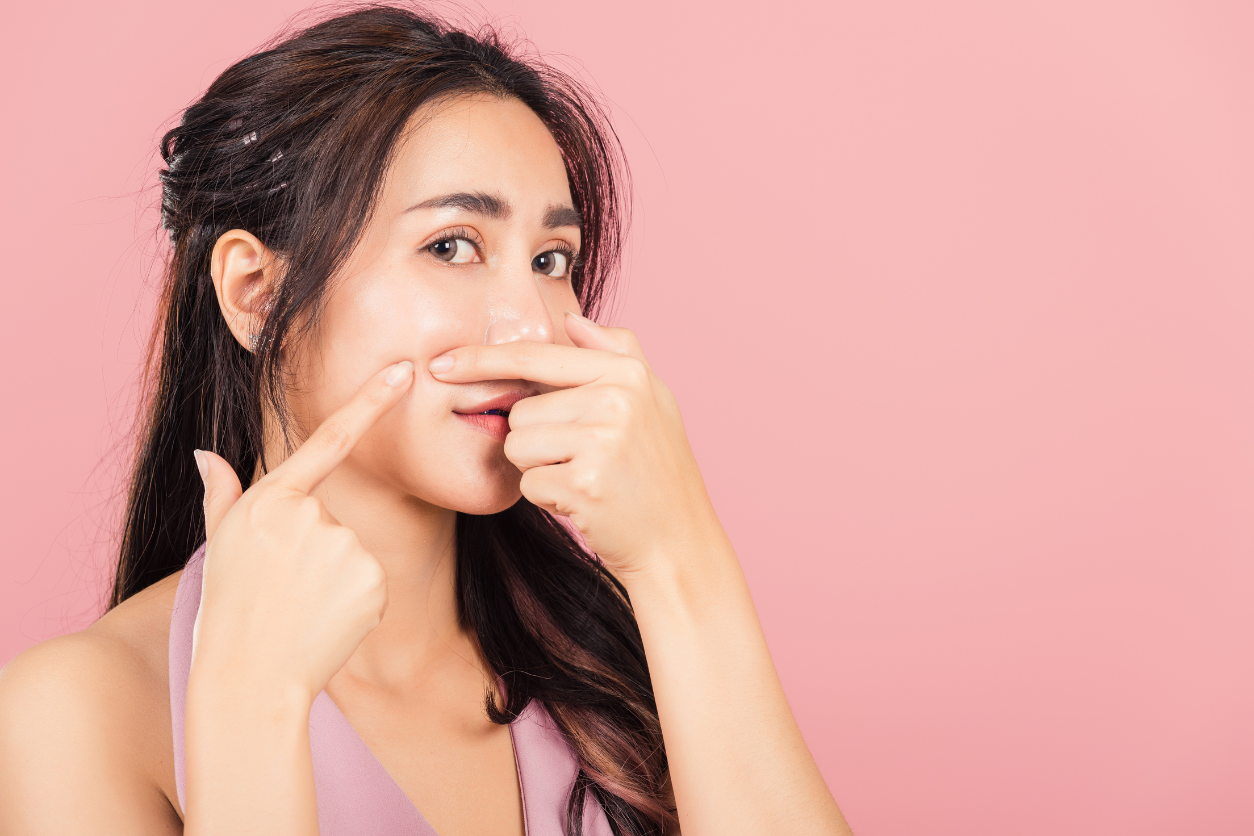Cyst vs Pimple: What’s the Difference?

Acne is one of the most common skin conditions that affects people of all ages. While pimples are the most well-known form of acne, another type of bump on the skin that is often mistaken for a pimple is a cyst. Both can be painful and frustrating to deal with, but it’s important to understand the differences between the two in order to treat them effectively.
In this blog, we’ll dive into the world of acne and explore the differences between cysts and pimples, including their causes, symptoms, and treatment options. By the end of this article, you’ll be equipped with the knowledge to distinguish between the two and take the necessary steps to maintain healthy, clear skin.
What Is a Pimple?
Pimples, also known as zits or spots, are a type of acne that occurs when hair follicles become clogged with oil and dead skin cells. They typically appear as small, raised red bumps with a white or yellow center. Pimples can occur anywhere on the body but are most commonly found on the face, neck, chest, and back. They are generally not harmful but can be uncomfortable and cosmetically unappealing.
What Is a Cyst?
A cyst is a sac-like structure that can occur anywhere on or in the body, including the skin. Skin cysts are typically noncancerous and develop when oil glands or hair follicles become blocked, causing a buildup of fluid or pus. They appear as small, raised bumps that can be red, pink, or skin-colored. Unlike pimples, cysts are often deeper and more significant, with a thick outer wall and a softer, fluid-filled center.
What Are the Causes of Pimples and Cysts?
Pimples are caused by the overproduction of oil in the skin, which can be exacerbated by hormonal changes, certain medications, and environmental factors such as heat and humidity. They can also be caused by bacteria, which can infect the hair follicle and lead to inflammation and the formation of pus.
Cysts are typically caused by blockages in the oil glands or hair follicles. They can also be caused by genetic factors or as a result of a traumatic injury to the skin. Certain types of cysts, such as those found in conditions like polycystic ovary syndrome (PCOS), can be related to hormonal imbalances.
How Are Pimples and Cysts Treated?
The treatment for pimples and cysts varies depending on the severity and underlying cause. For mild to moderate cases of acne, over-the-counter topical treatments such as benzoyl peroxide and salicylic acid can be effective in reducing inflammation and unclogging pores. Using of pimple patches can also help reduce their appearance and heal them. Prescription-strength topical medications and oral antibiotics may be needed for more severe cases.
Cysts, on the other hand, typically require medical treatment. In some cases, a doctor may simply drain the cyst to remove the fluid and relieve the pressure. However, if the cyst is too deep or particularly large, it may need to be surgically removed. In rare cases, a cyst may be cancerous and require additional treatment.
In Conclusion
While pimples and cysts may appear similar, they are two different types of skin blemishes that require different treatment approaches. Understanding the differences between the two can help you identify them accurately and seek appropriate treatment. If you have persistent or severe acne or skin cysts, it is recommended that you consult with a dermatologist for proper diagnosis and treatment.